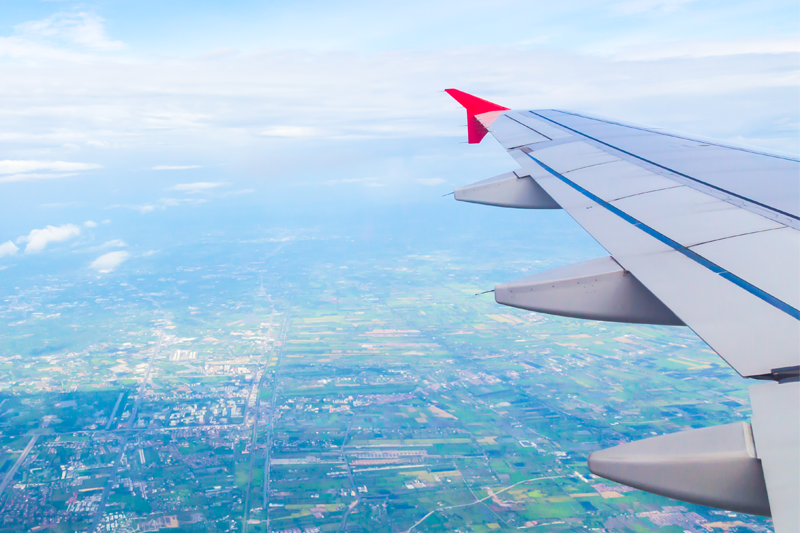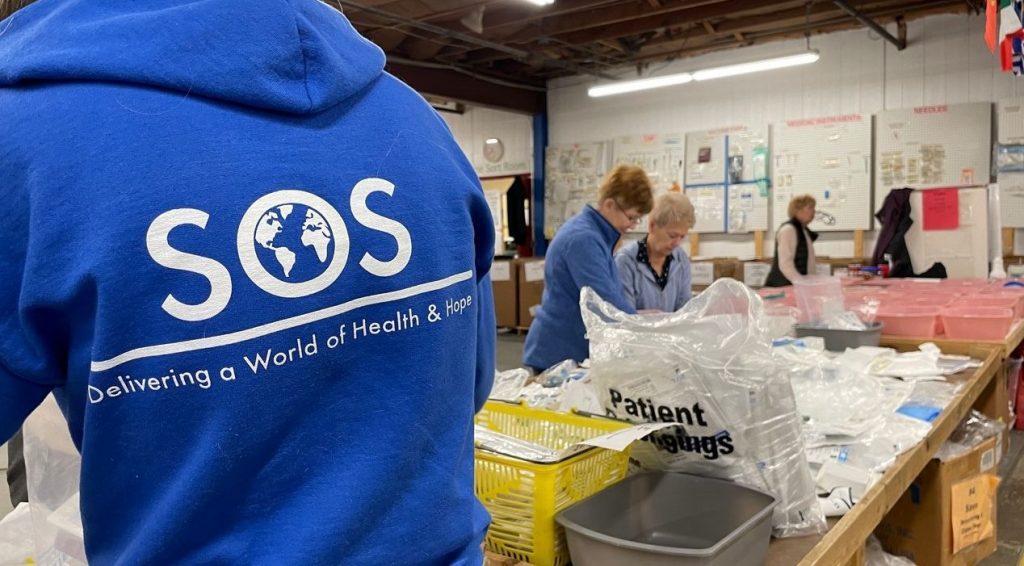Aviation and Technology – Part 2

Innovations making life easier for both – the air transport community and the flyers.
The annual baggage report from SITA highlighted the situation of baggage management. We discussed in our earlier article how tracking innovations can help the airlines, their partners and the customers.
Transfers have been the main reason for a bag being mishandled – more so if the transfer is to a different airline. Being able to track down a bag to its exact location can not only make tracking straightforward but also make handling of the bag easier. Most airlines have had some sort of tracking system in place for quite some time. Tracking baggage at different points is what is needed now.
Reading paper tags has been more of a problem in transfers. The paper tags get crumpled and reading them gets difficult. Delta has been using RFID (radio frequency identification) as it is so much more accurate and the readers are much cheaper than traditional barcode tracking.
Meanwhile Samsonite has announced that it is working with Vodafone to develop its innovative luggage tracking solution, Track&Go (a device that can be added to travel bags and suitcases so they can be easily and privately tracked by their owner). Additionally, a longer battery life and wider range technology called Narrowband-IoT (NB-IoT) is under trial currently by Samsonite and Vodafone. IoT will allow creating telemetry tags that are less intrusive, are more efficient and use less power. In an official release Samsonite explained, “Thanks to the proximity alerts integration, you will instantly receive a smartphone notification when your bag gets out of your range.”
We also see quite many self bag-drop solutions being implemented at airports. Soon you could also use your face not only to check yourself in, but also to check your bag. This will speed up that entire process in addition to improving the passenger experience. Future only gets better from here.

